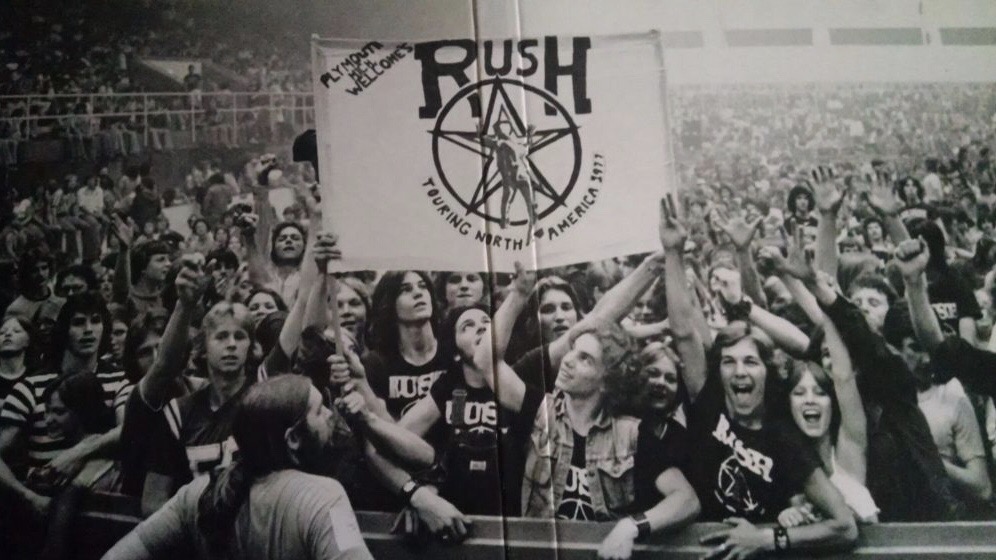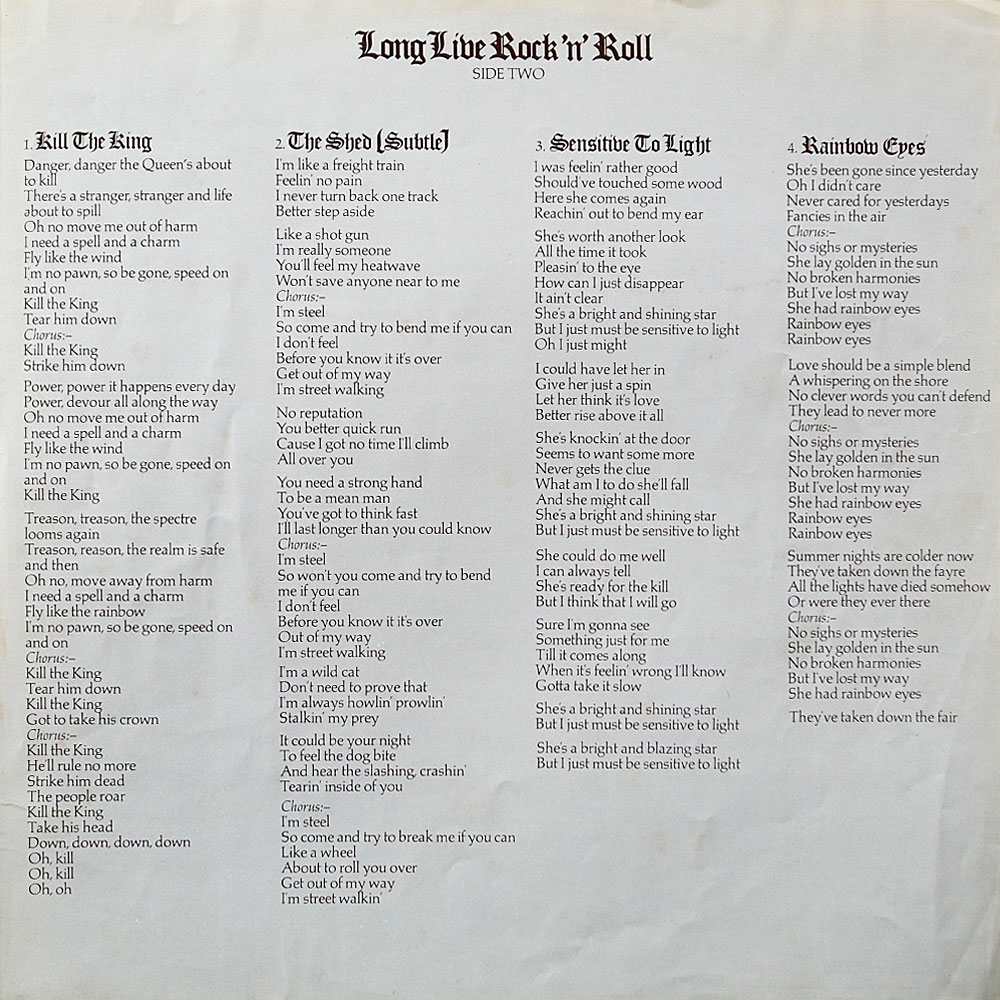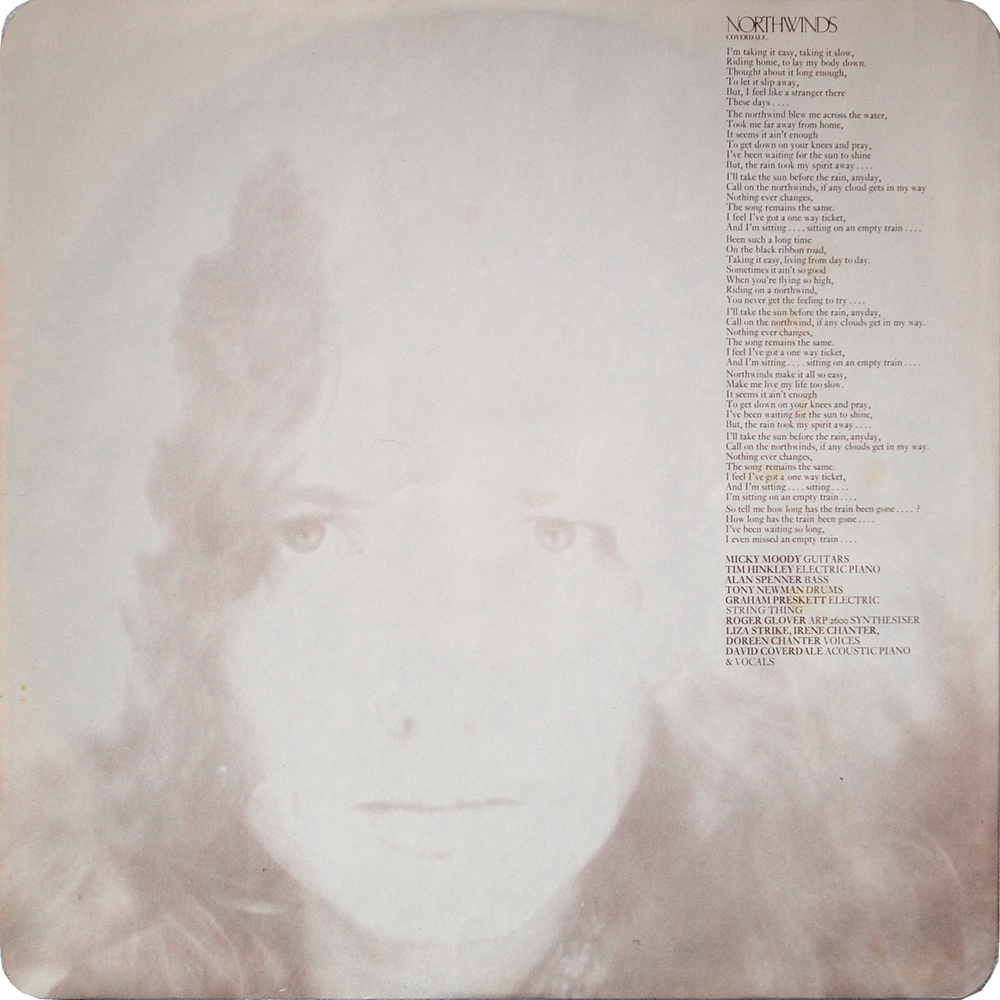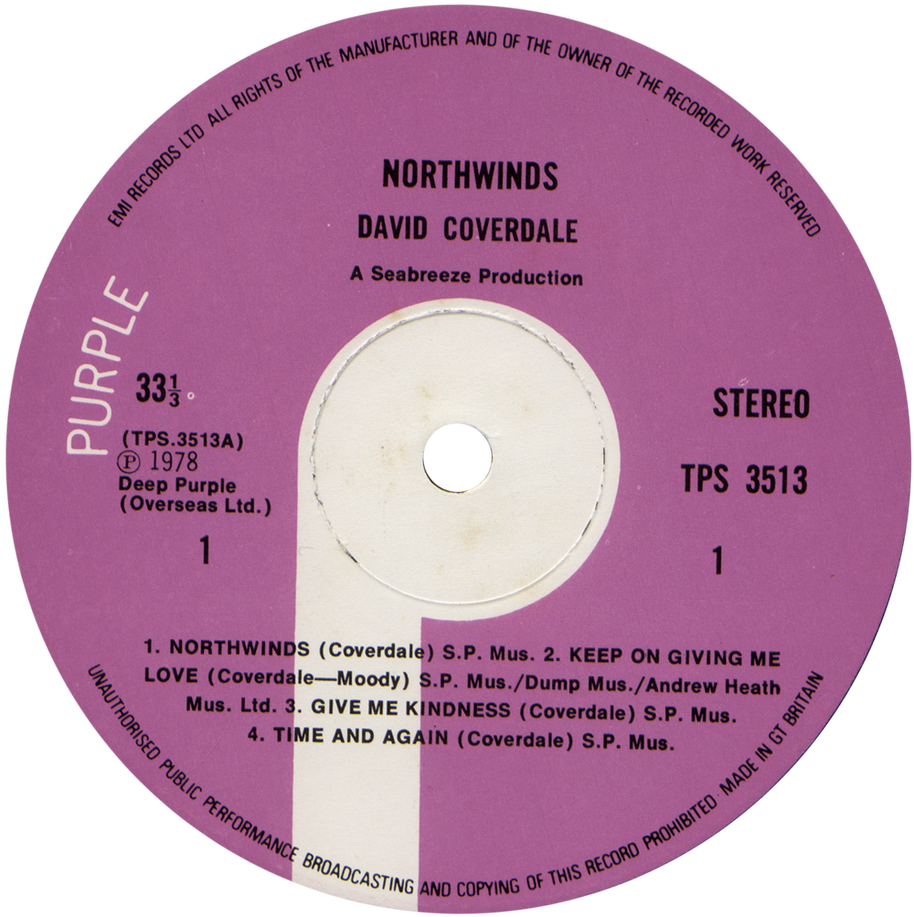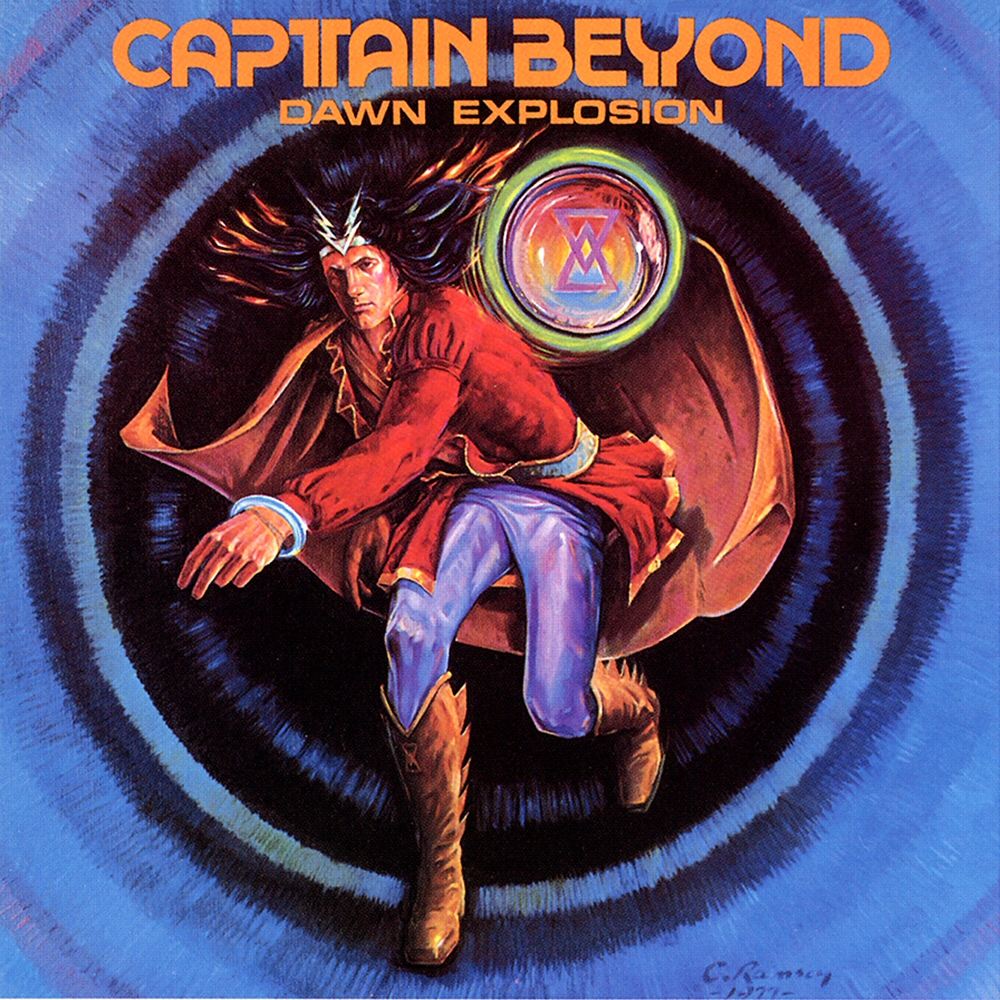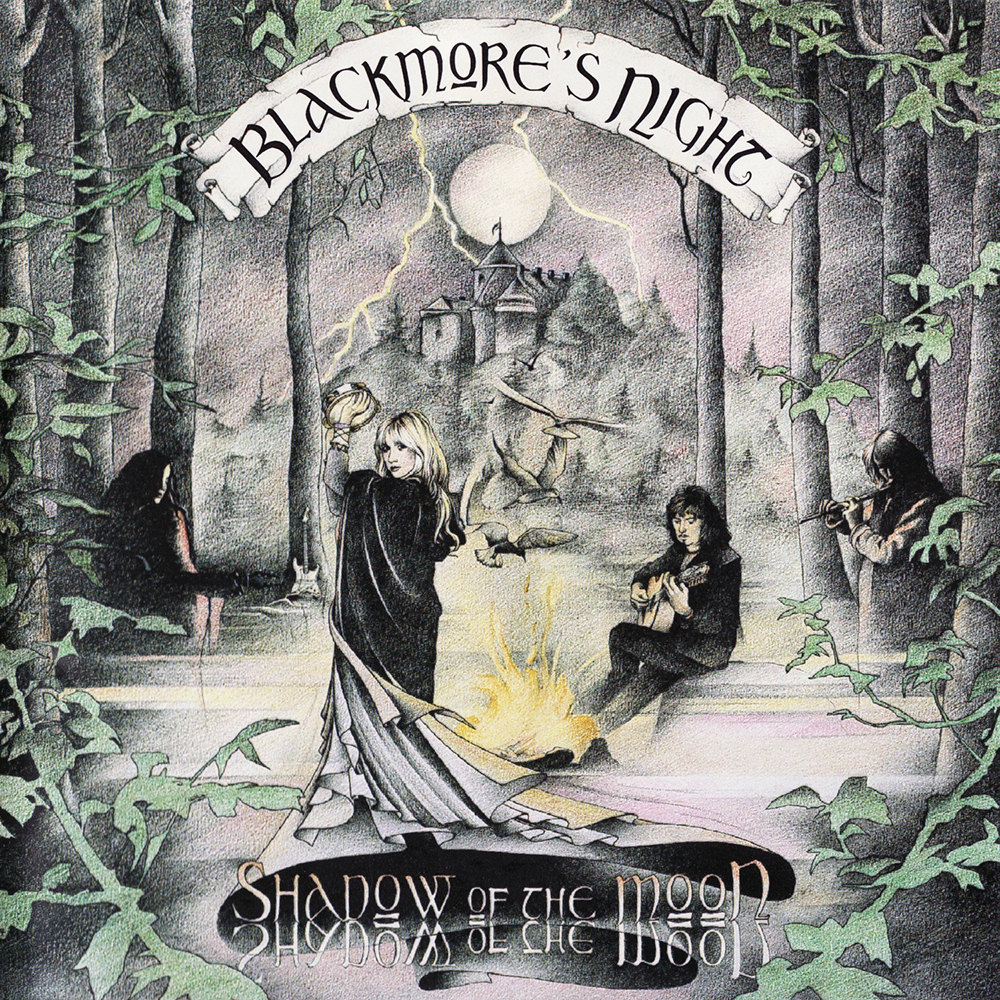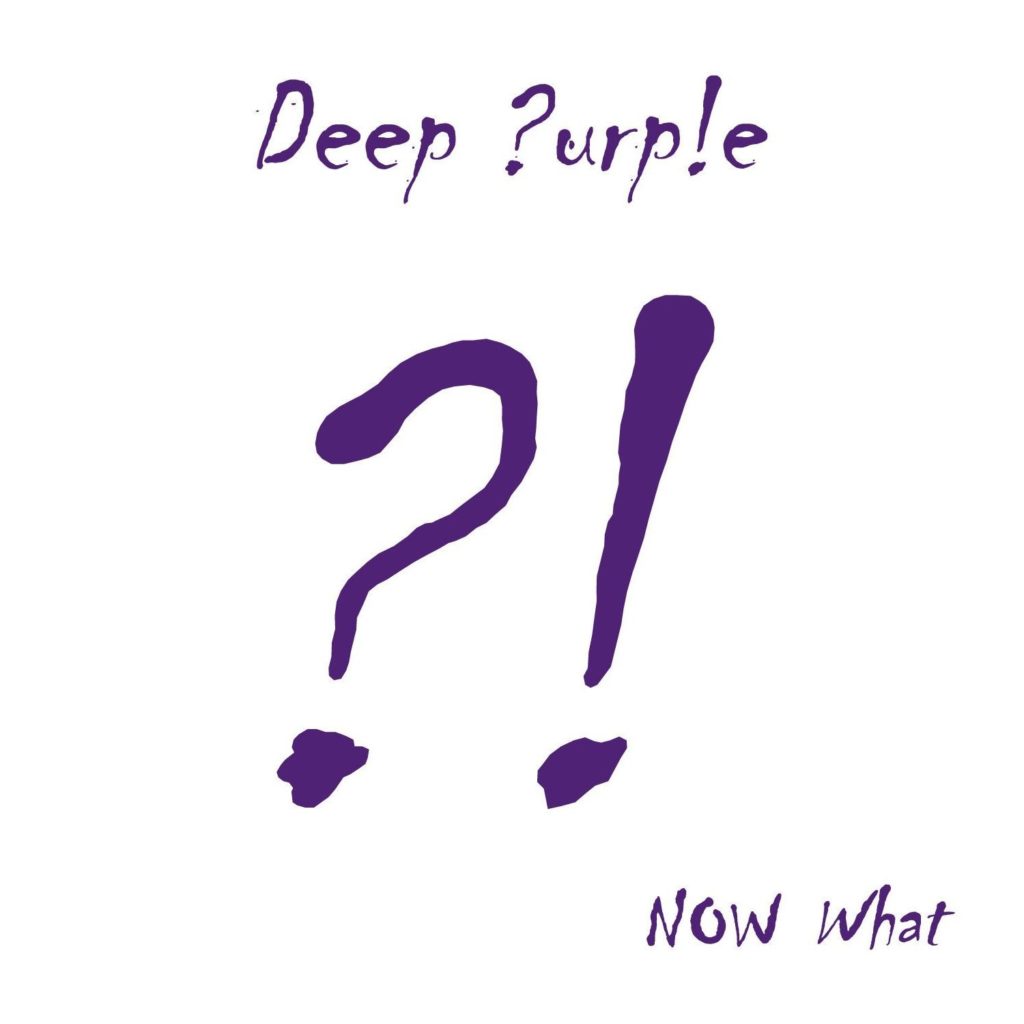Disclaimer: The video used on YouTube is a byproduct of producing our audio podcast. We post it merely as a convenience to those who prefer the YouTube format. Please subscribe using one of the links below if you’d prefer a superior audio experience.
Subscribe at Apple Podcasts, Stitcher, Google Podcasts, Overcast, Pocket Casts, Anchor.fm, Breaker, PodBean, RadioPublic, or search in your favorite podcatcher!
Thanks to Our Patrons:
- The $15 Highball Shooter Tier
- Steve Seaborg (NameOnAnything.com, Alltheworldsastage.net)
- The Turn it up to $11 Tier
- Ryan M
- $10 “No One Came”
- No One Came – 🙁
- $5 Money Lender Tier
- Clay Wombacher
- Greg Sealby
- Frank Theilgaard-Mortensen
- Mike Knowles
- $3 Nobody’s Perfect Tier
- Peter Gardow
- Ian Desrosiers
- Mark Roback
- Anton Glaving
- $1 Made Up Name Tier
- Ells Murders
- Spacey Noodles
- Leaky Mausoleum
- Michael Vader
One Time Donations available via PayPal:
- Recurring payments are available or . . .
- Donate to become an official episode producer and have your name/message read on the episode!
Thanks to our Brothers at the Deep Dive Podcast Network:
- Ry @ Sabbath Bloody Podcast
- The Simple Man @ Skynyrd Reconsydyrd
- Terry “T-Bone” Mathley @ T-Bone’s Prime Cuts
Thanks to the Patron Saint and Archivist of The Deep Purple Podcast:
- Jörg Planer – an essential Twitter follow
Show Updates:
- Comments from social media.
A Word from Our Sponsor:
- Joe Lynn Turner & Big Boy
Lead up to the Album:
- Cozy left the band, not happy with the commercial direction they are going.
- Bobby Rodinelli came in to replace Powell.
- Graham Bonnett says that rehearsals for their fifth album were really unproductive. The only song they really had was “I Surrender” and they were just getting nothing done. Ritchie was rejecting anything they brought to him so Bonnett just decided to leave the band.
- Jon Lord was publicly critical about Blackmore’s “hire and fire” approach. In Jerry Bloom’s “Black Knight – The Ritchie Blackmore Story.” Lord: “I will never understand why he had to change it. Cozy Powell was a great drummer and Graham Bonnet is an amazing singer . . . He [Ritchie] doesn’t have to fight anymore. The moment he encounters another opinion, he changes the band. So the energy might get lost in that situation. He just avoids conflict now, like the one he had with me in Deep Purple. I wasn’t about to let him have all the spotlight and that resulted in all the duels that we had, which became a trademark for Deep Purple. He doesn’t have that now in Rainbow. The only guy that used to be like that in Rainbow was Cozy Powell.”
- The four remaining musicians continued to work together to write for the album without a vocalist. This may account for why each side is ended with an instrumental.
- They recorded all the instrumentation in Denmark at Sweet Silence Studios in Copenhagen with Joe Lynn Turner recording his parts at Kingdom Sound in Syossett, New York.
- Most of the backing tracks were recorded but they still didn’t have a singer. Ritchie talked to Barry Ambrosio, the same person who’d introduced Rodinelli to Blackmore, and he said, “I know this guy Joe.”
- JLT, when Ambrosio asked if he was familiar with Rainbow: “To be honest with you I was completely into other genres of music. I was studying jazz guitar and I was into more like the Eagles and stuff like that . . . “
- The truth is Joe didn’t believe Ambrosio at first, thinking he was playing a prank.
- Joe Lynn Turner had just left Fandango.
Personnel
- Bass – Roger Glover
- Drums – Bob Rondinelli*
- This was Rodinelli’s first credit on Discogs.
- Guitar – Ritchie Blackmore
- Keyboards – Don Airey
- Previously in Cozy Powell’s Hammer, Colosseum II, Strife, Gary Moore
- Lead Vocals, Backing Vocals [Backup] – Joe Lynn Turner
- Management [Assistant Road Manager] – Ian Broad (2), Tim Kelly
- Management [Equipment Road Manager] – Raymond D’Addario
- Management [Personal Road Manager] – Colin Hart (2)
- Management [Rainbow Management] – Bruce A. Payne*, Thames Talent Ltd.

Album Art & Booklet Review
- Photography By – Hipgnosis (2), Maxon*
- Photography By [Colouring] – Richard Manning (3)
- Design [Cover Design] – Hipgnosis (2)
- Mastered By – Tim Young

- According to Joe Lynn Turner none of the band was around for the photo shoot and it was just members of the Hipgnosis design team dressed as doctors.
- This cover was rumored to have been offered to Black Sabbath for the cover of “Never Say Die.” Apparently this company routinely would have covers they really liked and they would offer them to bands. So it had been around for a few years at this point.

- Of the album title, Joe Lynn Turner says in Martin Popoff’s book “Sensitive to Light”: “We were difficult to cure; everybody in this business was, you know? IT was almost like we had this disease and really couldn’t get around it.
- Glover says that it came from a dirty joke and there was nothing else behind it. Glover also claims that the title “Down to Earth” was about the band literally returning their subject matters to things of this world, boy/girl stuff, not wizards.
- The lead surgeon on the cover is George Galatzin, while the back up surgeons are Peter Christopherson, Storm Thorgerson, John Blake, George and his mate. The nurse is Jill Furmanovsky.
Technical:
- Producer – Roger Glover
- Engineer – Flemming Rasmussen
- Who would go on to work with Metallica.
- Engineer [Asst., Kingdom Sound Studio] – Clay Hutchinson
- Engineer [Asst.] – Thomas Brekling
Album Tracks:

Side one:
- I Surrender (Russ Ballard)
- Songwriter behind “Since You Been Gone” and . . . “God Gave Rock and Roll to You”
- Peter Criss recorded “Let Me Rock You” and “Some Kinda Hurricane “ on his 1982 album “Let Me Rock You.”
- Ace Frehley covered “New York Groove” on his self-titled solo album in 1978.
- Bonnett says he had done vocals to this song and backing vocals before he decided to leave.
- JLT says he heard Bonnett’s vocals being wiped before each track he did.
- This ended up being Rainbow’s biggest hit reaching #3 in the UK charts. It reached #19 in the US charts.
- Ritchie described this as “a classical chord structure, more of a Bach structure or a Handel.”
- Spotlight Kid (Blackmore, Glover)
- Joe Lynn Turner said that Roger Glover told him the song was about him.
- No Release (Blackmore, Glover, Airey)
- Blackmore acknowledges Zeppelin influence as well as Hendrix’s “Gypsy Eyes.”
- Magic (Brian Moran)
- According to Jerry Bloom’s book, “Black Knight” Moran was a friend of Ritchie’s
- Vielleicht Das Nachster Zeit (Maybe Next Time) (Blackmore, Airey)
- This was a mis-translation from the German. Later it was corrected to “Vielleicht Das Nächste Mal (Maybe Next Time)”. This is still not correct. The proper German for “Maybe Next Time” is “Vielleicht beim nächsten Mal”.
- Inspired by Ritchie’s love of Germany. His first two wives were German and his first son, Jurgen.
- Ritchie said it’s a very sad song about a woman who has been left high and dry and is miserable.

Side two:
- Can’t Happen Here (Blackmore, Glover)
- There’s a video for this one but JLT admits to them not really getting the video medium at this point. It is basically them playing live interspliced with video of weird war footage and cartoon hijinx.
- Wonder if it was related to the Sinclair Lewis book.
- Oddly reminds me of the “Holy Wars” video. Probably using some of the same footage.
- Song is about environmental concerns.
- They won an award at Cannes for the video. In Martin Popoff’s book “Sensitive to Light” Joe says he got the call back stage after a show that they’d won. He yelled over to the band to tell them and they all yelled “Fuck off!” back to him. So he yelled “Fuck off!” into the phone and hung up.
- Freedom Fighter (Blackmore, Glover, Turner)
- Midtown Tunnel Vision (Blackmore, Glover, Turner)
- Difficult to Cure (Beethoven’s Ninth) (Beethoven, arranged by Blackmore, Glover, Airey)
- Song ends with a sampled laugh from Laurel and Hardy’s “Way Out West” from 1937. It fades but on the record it was supposed to loop endlessly in the play out groove.

Reception and Review
- Glover said he wasn’t quite happy with the album. He thought that the fans may not like it either. It wasn’t fully developed.
- Ritchie had expressed his appreciation for Foreigner.
- Ritchie didn’t care for JLT’s theatrics right off the bat. JLT says, “. . . still like to get in the audience’s face, like an American. As opposed to the English pompous Coverdale twirling mic stand routine.”
- Ritchie says: “. . . he was a little bit effeminate with his projection on stage. Most of the fingers we had in the band were more hard-edged. And Joe had this way of skipping across the stage, and laying on speakers. We used to call him Judy now and again, as in Judy Garland. We’d tell him, don’t do that because it looks a little bt Liberace-ish, you know?” Ritchie goes on to say, “I uch preferred him in the studio.”
- At first Turner was heckled by the UK crowds.
- Rit
For Further Information:
- Black Knight: Ritchie Blackmore by Jerry Bloom
- Sensitive to Light: The Rainbow Story by Martin Popoff
- A Hart Life by Colin Hart with Dick Allix
Listener Mail/Comments
- Comments about the show? Things you’d like us to cover? We’d love to hear from you. Send us an email at info@deeppurplepodcast.com or @ us on Twitter, Facebook, or Instagram.



